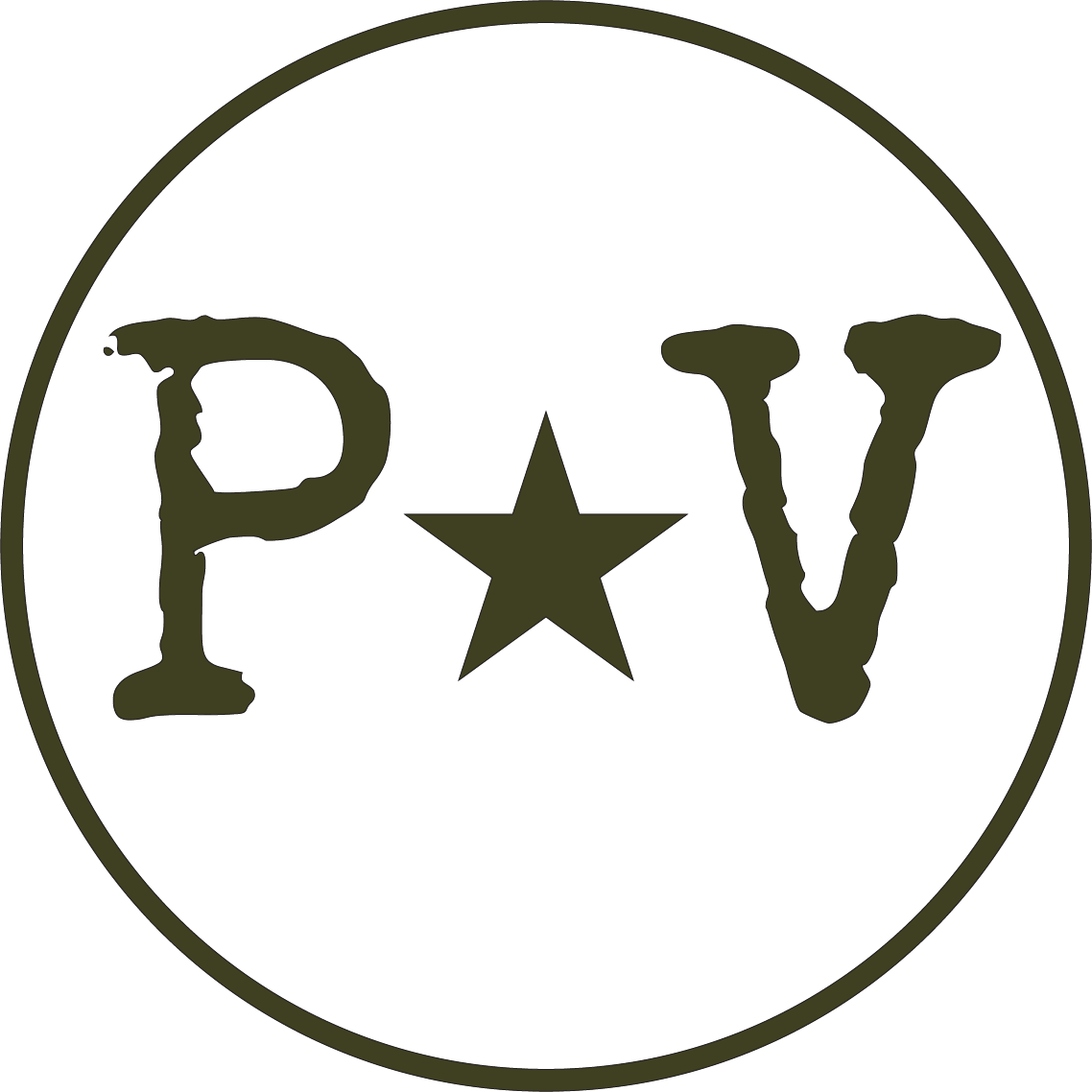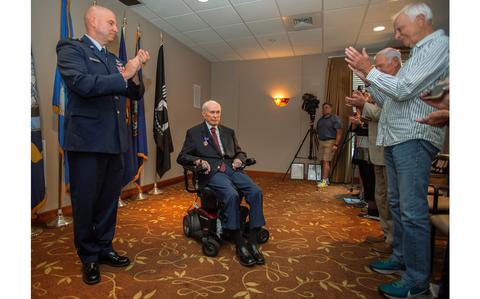A ‘protected veterans’ is a term acknowledged in the United States, referring to individuals who have served in the military and are safeguarded under the Vietnam Era Veterans’ Readjustment Assistance Act of 1974 (VEVRAA). This act, amended over time to address the evolving needs of veterans, is designed to prohibit discrimination and ensure these veterans receive specific affirmative action benefits.
Categories of ‘Protected Veteran’:
- Disabled Veterans:
- Included in this category are veterans entitled to disability compensation. This encompasses those who, if not receiving military retired pay, would be compensated under laws overseen by the Secretary of Veterans Affairs. It also includes individuals discharged from active duty due to service-connected disabilities.
- Recently Separated Veterans:
- Veterans who have been discharged or released from active duty within the last three years fall into this category.
- Active Duty Wartime or Campaign Badge Veterans:
- This group consists of veterans who served on active duty during wartime or those awarded a campaign or expeditionary medal for participating in military operations.
- Armed Forces Service Medal Veterans:
- This category includes veterans who participated in a U.S. military operation and received an Armed Forces service medal.
Protections for Protected Veterans:
Employers, especially those with federal contracts or subcontracts, are strictly prohibited from discriminating against protected veterans in employment-related decisions. This broad term covers various aspects, including hiring, firing, pay, benefits, job assignments, promotions, and other employment conditions.
These employers must also take affirmative action to actively recruit, hire, promote, and retain protected veterans. This commitment requires the initiation of proactive measures designed to ensure equal employment opportunities for protected veterans.
Claiming Protected Status:
Veterans have the option to self-identify as a protected veteran. This can be done during the job application process or through post-offer self-identification forms provided by federal contractors. By choosing to self-identify, veterans can strategically position themselves to leverage affirmative action policies instituted for their benefit.
It’s crucial for veterans to understand that the decision to self-identify is entirely voluntary, with no adverse consequences for choosing not to disclose their status. The information provided is confidential and used strictly in accordance with applicable laws, executive orders, and regulations.
Understanding Protected Status:
Before claiming protected status, veterans should understand what this classification entails. Protected status offers veterans certain privileges and safeguards against employment biases, ensuring access to equal opportunities.
Step-by-Step Process:
Claiming protected veteran status involves a straightforward process:
- Self-Identification:
- Veterans can self-identify during the job application process. Most federal contractors provide a pre-offer self-identification form for applicants to indicate their status.
- The standard Voluntary Self-Identification of Protected Veteran Status form should be reviewed and understood by veterans for accurate self-identification.
- Post-Offer Identification:
- Upon receiving a job offer, veterans may be asked to complete a post-offer self-identification form. This step doesn’t affect the job offer but assists employers in maintaining an equal opportunity environment.
- Voluntary Disclosure:
- Disclosing protected status is voluntary, with veterans under no obligation to do so unless they choose.
- Understanding Categories:
- Familiarity with the various protected status categories is crucial for accurate self-identification, ensuring veterans receive the appropriate benefits and protections.
Conclusion:
Understanding the term ‘protected veteran’ and the various associated categories is crucial for both veterans and employers. This understanding is fundamental to ensuring compliance with federal laws and regulations. Veterans falling under these categories are entitled to certain protections and benefits designed to support their employment endeavors following military service.”
Resources for Veterans:
For more information, veterans can refer to the following government websites:
- Department of Labor (DOL):
- Office of Federal Contract Compliance Programs (OFCCP):
- OFCCP for Veterans: Provides compliance assistance for federal contractors and resources for veterans.
- Department of Veterans Affairs:
- VA Employment Rights: Information on employment rights and resources for veterans.
- Veterans Employment Toolkit: Offers tools and resources to support veterans transitioning to the civilian workforce.
Veterans seeking further assistance should reach out to veteran support organizations and government agencies dedicated to assisting in employment and related matters. These institutions provide invaluable support and resources to aid in the transition from military to civilian life, ensuring veterans can navigate and understand the protections and opportunities available post-service.




